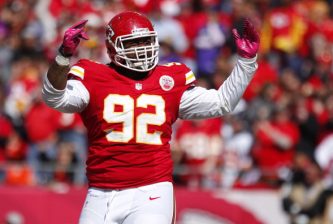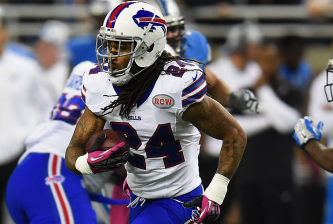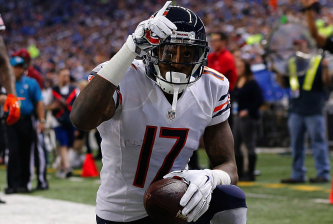“We will be able to accurately diagnose CTE during a person’s life, perhaps in the next five to 10 years.”
That’s one hell of a forecast from Dr. Robert Stern, professor of neurology at the Boston University School of Medicine, and the clinical core director of BU’s Alzheimer’s and CTE Center in Boston, per Peter King of the MMQB.
Why? Because while it’s discouraging that researchers are finding chronic traumatic encephalopathy in the vast majority of the brains they’ve studied as part of postmortem evaluations, the true impact football has on the brain might not be felt until living players can be told they indeed possess a potentially crippling degenerative disease, and that it might only get worse if they continue to play the game.
It’s human nature. It’s easier for us to care about something when it affects us personally. Researchers have found CTE in more than 90 percent of the brains they’ve studied, but those samples have come from players who either volunteered to have their brains studied, or whose families requested it. Right now, it’s a biased sample, which is why Dr. Ann McKee, the chief of neuropathology at the V.A. Boston Healthcare System and a professor of neurology and pathology at Boston University’s medical school, admits we have no idea what percentage of current or former NFL players have CTE.
But if experts can develop technology which can enable them to test everybody, dead or alive, in a convenient way, we could reach a point at which we could state unequivocally that X percent of those who play professional football wind up with CTE, and you may or may not be on that path.
That could enable players to make a more calculated and personal decision, and the reality is that dynamic should probably be expected to cause a lot of players to reconsider playing, which could lead quite swiftly to a watered-down product.
The more we learn about our mortality, the more careful we’re likely to be. And if a CTE test for living people is developed, players might be persuaded to take a more careful route. That’s good for them and their families, bad for the NFL and its fans.




